If you’re new to fishing or upgrading your gear, you may be asking yourself: what size fishing rod do I need? This is a crucial question because the right rod makes a big difference in casting accuracy, hook-setting power, and overall success on the water. Selecting the correct size isn’t just about length—it also involves action, power, and intended use. For instance, a short rod works well in tight spaces like small streams. In contrast, a longer rod helps cast farther in open lakes or surf fishing. Moreover, different fish species require specific setups.
Bass anglers often prefer medium-power rods, while saltwater fishermen might choose heavy-duty models. Also, your skill level plays a role. Beginners benefit from more forgiving rods that are easier to handle. Meanwhile, experienced anglers may want specialized tools for finesse techniques. Therefore, understanding what size fishing rod do I need ensures better performance and enjoyment. As a result, this guide covers all key factors so you can make a confident choice.
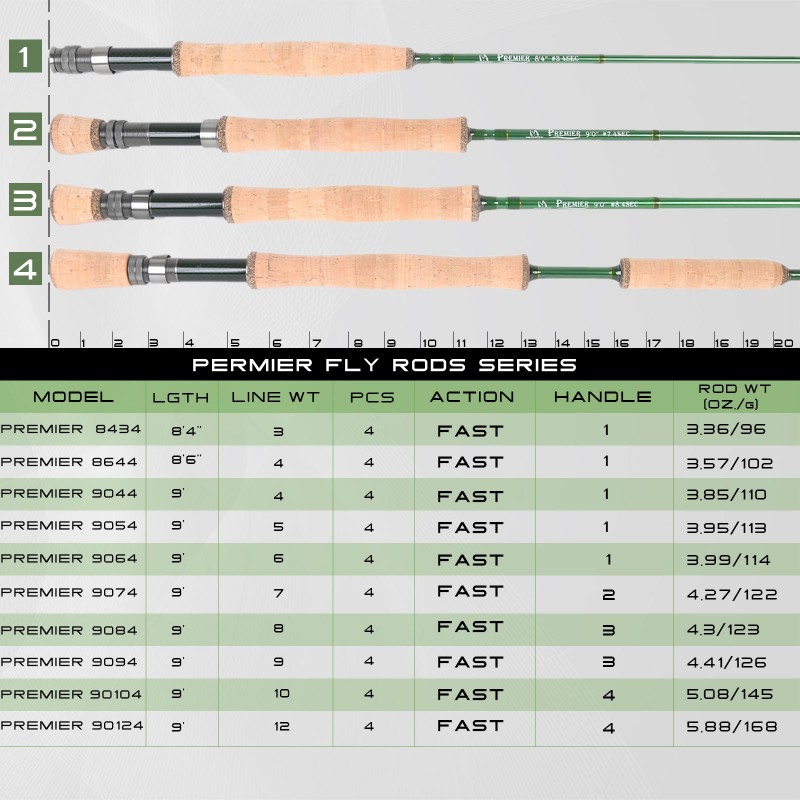 Factors to Consider When Choosing a Fishing Rod Size
Factors to Consider When Choosing a Fishing Rod Size
Choosing the right fishing rod size depends on various factors. These include your fishing style, the species you are targeting, and the environment where you fish. Additionally, the length of the rod also plays a significant role in determining your fishing experience. Understanding these factors will help you select a rod that enhances your performance and enjoyment.
Fishing Style and Technique
Your fishing style directly impacts the type and size of rod you need. For beginners, a versatile medium rod is often recommended. Anglers using casting techniques like flipping or pitching may prefer shorter rods for precision. On the other hand, trolling or long-distance casting works better with longer rods. Match your technique to the rod size for best results.
Target Species and Fishing Environment
Consider the species you plan to catch and the environment you’ll be fishing in. Small fish like trout or panfish are best caught with shorter, lightweight rods. Bigger fish like bass or catfish require medium-heavy rods. For saltwater fishing or larger species, longer rods with greater strength are ideal. Shallow areas may need short rods for better control, while open spaces favor longer rods for longer casts.
Rod Length: Pros and Cons
Rod length affects both casting and maneuverability. Short rods (under 6 feet) offer precise control, making them ideal for tight spaces. Medium rods (6-7 feet) provide versatility and balanced performance. Long rods (over 8 feet) maximize casting distance but may be harder to maneuver. Evaluate the pros and cons based on your fishing style and environment to make the right choice.
Common Fishing Rod Sizes Explained
What size fishing rod do I need? Understanding common fishing rod sizes is essential for selecting the ideal rod for your needs. Rod size influences your ability to cast, control, and catch fish efficiently. Below, we break down the three primary categories of rod sizes to help you make a better choice.
Ultra-Light and Short Rods (4-5 feet)
Ultra-light and short rods are perfect for targeting small fish like trout or panfish. These rods are easy to handle, especially in tight spaces like small ponds, creeks, or rivers. Their lightweight design enables precise control, making them great for beginners or finesse fishing techniques. However, they generally have limited casting distance, which may not be ideal for open areas. If you prioritize accuracy and lightweight gear, these rods suit you well.
Medium-Length Rods (6-7 feet)
Medium-length rods are versatile and cater to a wide range of fishing scenarios. They offer a balanced performance for casting, control, and maneuverability. Anglers targeting species such as bass or walleye often prefer these rods. They are suitable for both freshwater and saltwater environments, handling medium-sized fish effectively. Medium rods also work well for various techniques like spinning or baitcasting, making them a popular choice among anglers of different skill levels.
Long Rods for Distance Casting (8+ feet)
Long rods are designed for optimal casting distance, making them suitable for surf fishing or open lakes. They provide the power needed to target larger species like catfish, pike, or saltwater giants. These rods enable you to reach deeper waters or distant spots with ease. While they enhance distance and power, long rods can be harder to handle, especially in confined spaces or for beginners. If casting far and catching big fish are your goals, long rods are great options.
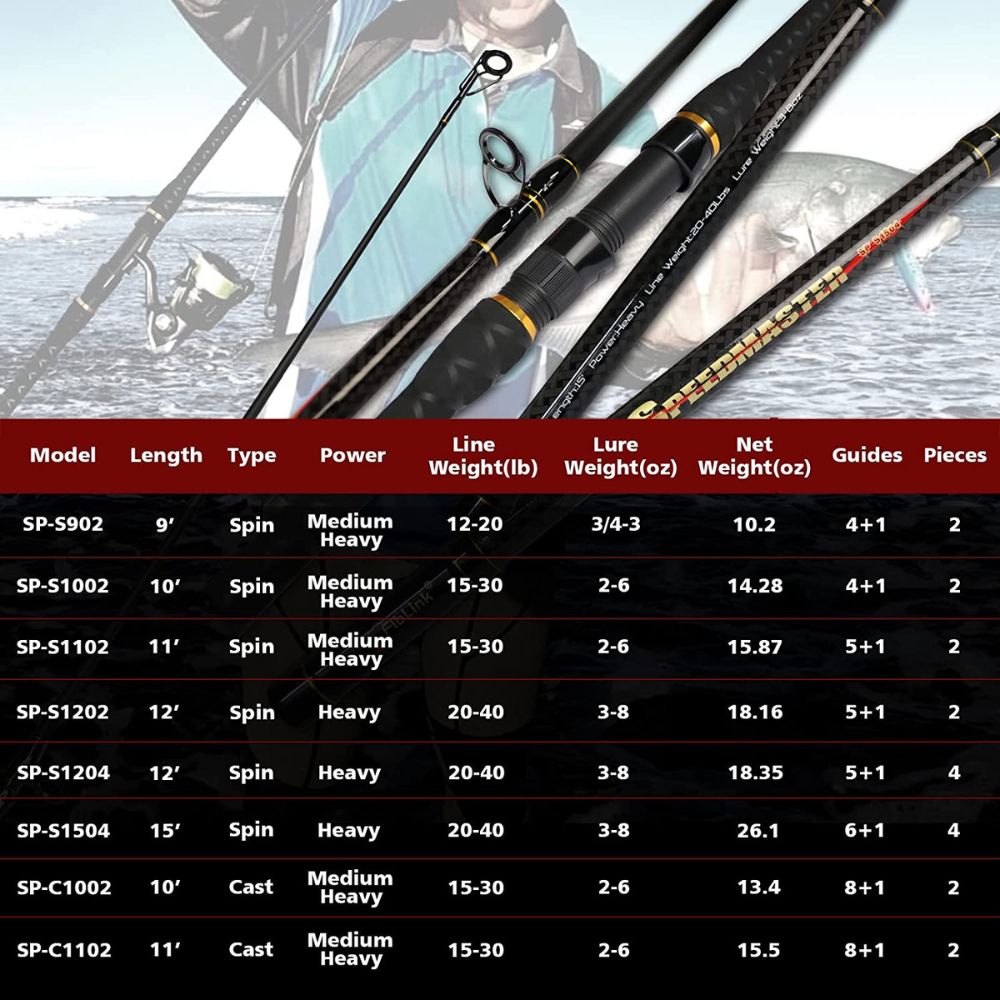 Matching Rod Size to Different Types of Fishing
Matching Rod Size to Different Types of Fishing
Choosing the right rod size is crucial for different fishing types. Each fishing style and environment demands specific rod characteristics. Using a well-matched rod enhances performance and ensures a better fishing experience. Below are recommendations for matching rod sizes to popular fishing types.
Freshwater Fishing Rod Recommendations
Freshwater fishing often targets species like bass, trout, or walleye. A medium-length rod, around 6-7 feet, is ideal for versatility in this setting. These rods handle various techniques like spinning or baitcasting effectively. For small fish, opt for ultra-light rods (4-5 feet) for precision and ease of control. Medium-power rods are best for targeting larger species like bass or pike in lakes and rivers.
If you fish in tight areas like creeks, choose shorter rods for better maneuverability. On the other hand, longer rods enhance casting range in open water bodies. Freshwater anglers should select a rod that suits their fishing style and the size of their target species.
Saltwater Fishing Rod Recommendations
Saltwater environments demand stronger rods due to larger fish and challenging conditions. Long rods (8+ feet) are great for surf fishing and casting long distances. They help reach deeper waters or far-off spots effectively. Medium-heavy rods offer a good balance for inshore fishing, targeting species like redfish, snook, or small tarpon.
For bigger saltwater species like tuna or striped bass, choose heavy rods with high strength. Ensure the rod is corrosion-resistant, as saltwater may damage equipment. Whether you’re onshore or offshore, select rods designed for saltwater use to maximize durability and performance.
Rod Size for Fly Fishing
Fly fishing requires rods designed to handle light lures and precise casting. Fly rods range from 7 to 9 feet, depending on the environment. Shorter fly rods work best in tight spaces like streams or small rivers. They provide better control and accuracy in limited areas.
In contrast, longer fly rods excel in open areas, helping you cast farther. When targeting larger fish or fishing in windy conditions, choose a heavier fly rod. Match the rod to your fly line weight and the fish species for optimal results. Fly rods should provide balance, comfort, and precision for enjoyable fishing experiences.
Impact of Rod Size on Casting and Handling
The size of a fishing rod significantly affects casting ability and overall handling. Choosing the correct rod size ensures better performance and comfort during your fishing activities. Below, we examine how rod size influences casting distance and maneuverability.
Effect on Casting Distance
Rod length is a key factor in determining casting distance. Longer rods, typically over 8 feet, allow anglers to cast farther. These rods are ideal for environments like large lakes, beaches, or open waters. They give anglers access to distant fishing spots and deeper areas.
Shorter rods, under 6 feet, have limited casting reach, making them suitable for tight spaces. They’re perfect for small ponds, creeks, or rivers where precision matters more than distance. If your priority is controlled, accurate casts, shorter rods work best.
Medium-length rods, about 6-7 feet, offer balanced casting distance and versatility. These rods serve well in diverse conditions, making them a popular choice for beginners. Consider your intended fishing location and target species when evaluating casting needs.
Maneuverability and Control
Rod length also affects how easily you can handle and maneuver your equipment. Short rods provide better control and accuracy, especially in confined areas. They’re useful for techniques that require precision, like flipping or jigging.
Long rods are harder to maneuver but excel in environments where space is not tight. They offer the power and reach necessary for battling larger fish or casting over a wide area. However, these rods can be challenging to use for beginners or in dense fishing spots.
Medium-length rods strike a balance between control and ease of handling. They are versatile and suit anglers of varying skill levels. Always match your rod length to the fishing scenario and species to maximize ease of use and enjoyment.
Understanding the impact of rod size on casting and handling is crucial for a successful fishing experience. By adapting your rod choice to your fishing environment and style, you can enhance performance and comfort.
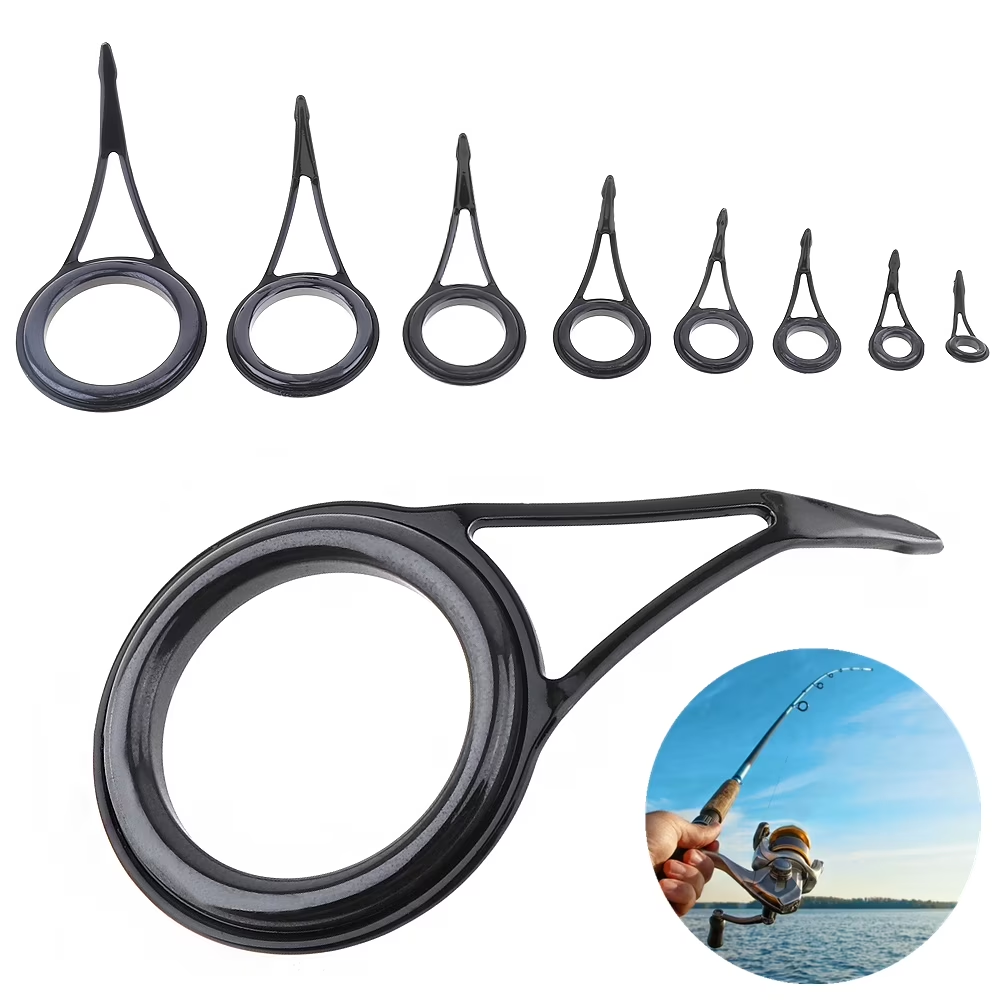 Tips for Choosing the Right Fishing Rod for Beginners
Tips for Choosing the Right Fishing Rod for Beginners
Selecting the right fishing rod is essential for beginners. A well-chosen rod can make fishing enjoyable and successful.
Testing Rod Feel and Comfort
Begin with rods that feel comfortable in your hands. Comfort is crucial during long fishing sessions. Test the grip and weight to ensure easy handling. Choose a rod that matches your fishing strength and skill level. Handle different rods at a store to find the best fit. A balanced grip enhances control and reduces fatigue.
Balancing Rod Size with Reel and Line
The rod, reel, and line must work together. Match the rod length with an appropriate reel size. Shorter rods usually pair with lighter reels, while longer rods need heavier reels. Ensure your line capacity matches the rod and reel setup. Proper balance helps maintain accuracy and control. Beginners should consult experienced anglers or store staff for advice. A balanced setup makes learning easier and improves fishing results.
Mistakes to Avoid When Selecting a Fishing Rod Size
Overlooking Fishing Conditions and Purpose
Ignoring the fishing environment can lead to poor rod performance. Each fishing condition requires a specific rod size. For instance, saltwater fishing often demands stronger, longer rods. Freshwater fishing usually benefits from medium or shorter rods with balanced versatility. Consider the targeted fish species as well. Bigger fish require rods with more power and length, while smaller fish demand light rods. Neglecting these factors leads to frustrating fishing experiences and reduced efficiency. Always match the rod size to the environment and species for better results.
Choosing Rods Based Solely on Price
Relying only on price may compromise quality and overall fishing results. Cheaper rods can lack durability and precision, making them unsuitable for serious anglers. High-priced rods aren’t always ideal either; some may include features you don’t need. Instead, focus on selecting a rod that matches your fishing style and purpose. Evaluate rod material, weight, and comfort during selection. Investing in a balance of quality and affordability ensures improved performance and satisfaction. Remember, the best rod is one that meets your needs, not just your budget.
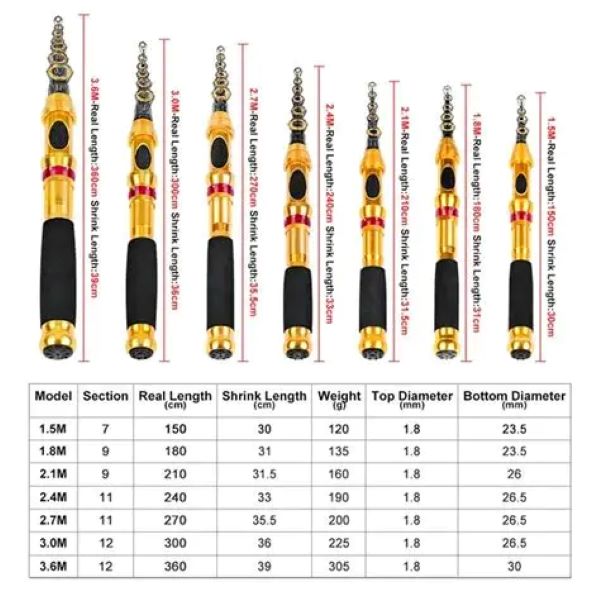 Frequently Asked Questions About Fishing Rod Sizes
Frequently Asked Questions About Fishing Rod Sizes
What size rod is best for beginners?
A 6’6” to 7’ medium-power rod works well for most situations. It balances casting ease with versatility.
Can I use one rod for multiple species?
Yes, if you choose a moderate setup. A 7-foot medium-fast rod handles bass, walleye, and even smaller saltwater fish.
Does rod length affect sensitivity?
Indirectly. Longer rods may transmit vibrations differently. But material and design matter more than length alone.
Should I get a longer rod for better casting?
Generally, yes—but only up to a point. Beyond 8 feet, control decreases unless you have space and skill.
How do I know if my rod is too heavy or too light?
If casting feels awkward or you lose fish often, reassess. Match rod specs to your usual lures and target species.
Is a more expensive rod always better?
Not necessarily. Many mid-range rods offer excellent performance. Focus on suitability, not price.
Do children need special rods?
Yes. Shorter, lighter rods suit small hands and developing strength. Consider youth-specific models.
Can weather influence rod choice?
Absolutely. Wind favors longer rods. Rainy conditions may call for faster actions to cut through surface clutter.
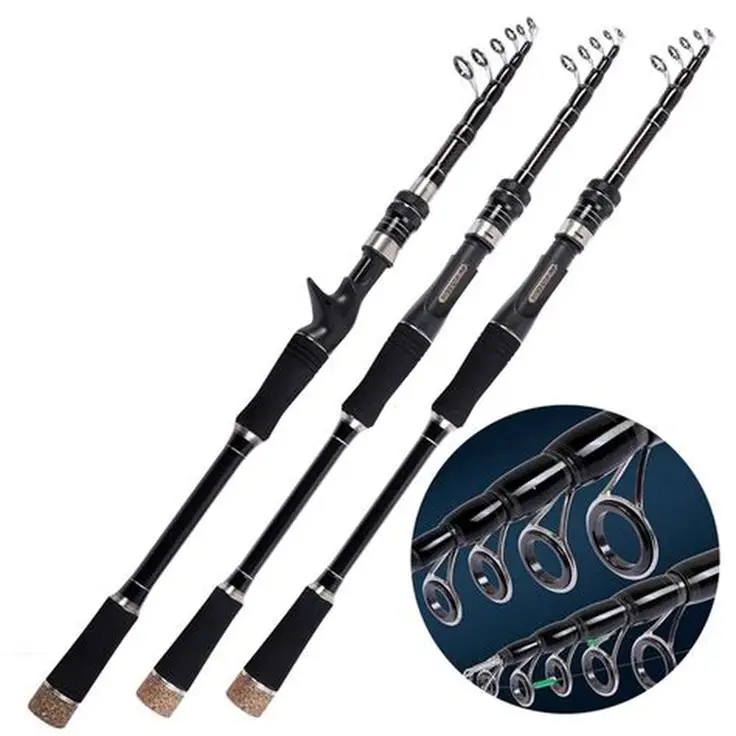 Final Thoughts
Final Thoughts
Understanding what size fishing rod do I need empowers every angler to fish smarter. Whether you’re chasing trout in mountain streams or battling tarpon along the coast, the right tool makes all the difference. Factors like length, power, action, environment, and skill level all contribute to your decision. By evaluating each aspect carefully, you avoid frustration and boost your chances of landing more fish.
Moreover, advancements in rod technology mean there’s a perfect match for nearly every situation. From compact travel models to high-performance offshore sticks, options abound. Always test recommendations against your personal habits. Read reviews, consult experts, and try before you buy if possible.
Ultimately, the goal is confidence on the water. When you know your gear fits your needs, you focus less on mechanics and more on enjoying the sport. So next time you ask, “what size fishing rod do I need,” remember it’s not just a number—it’s a combination of purpose, practice, and passion. Choose wisely, fish often, and savor every moment outdoors.